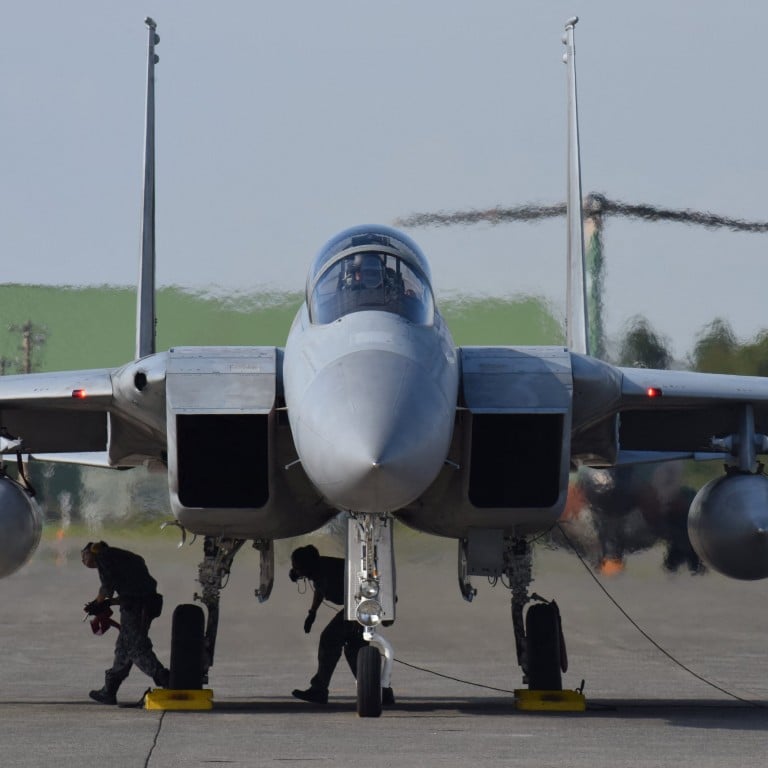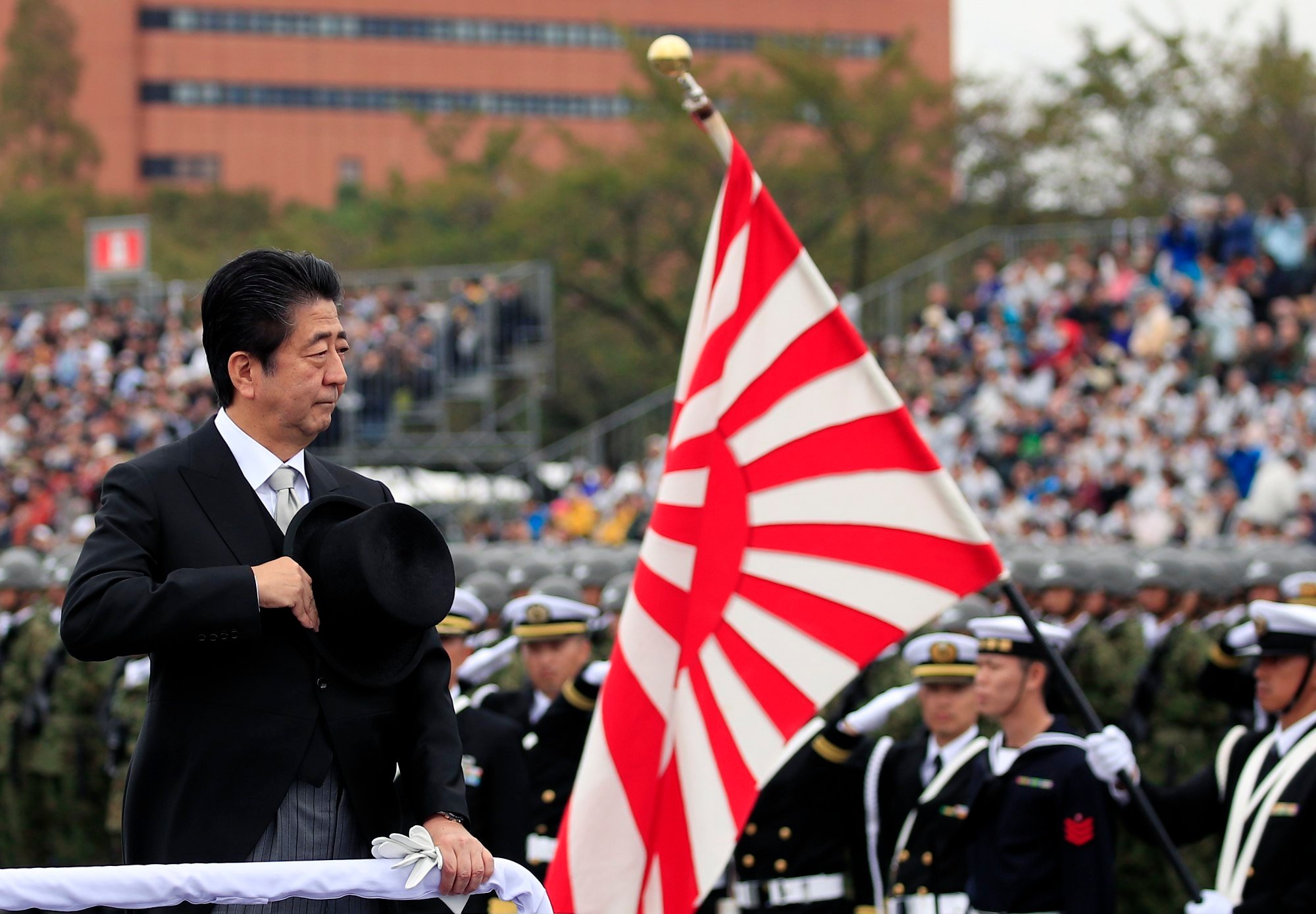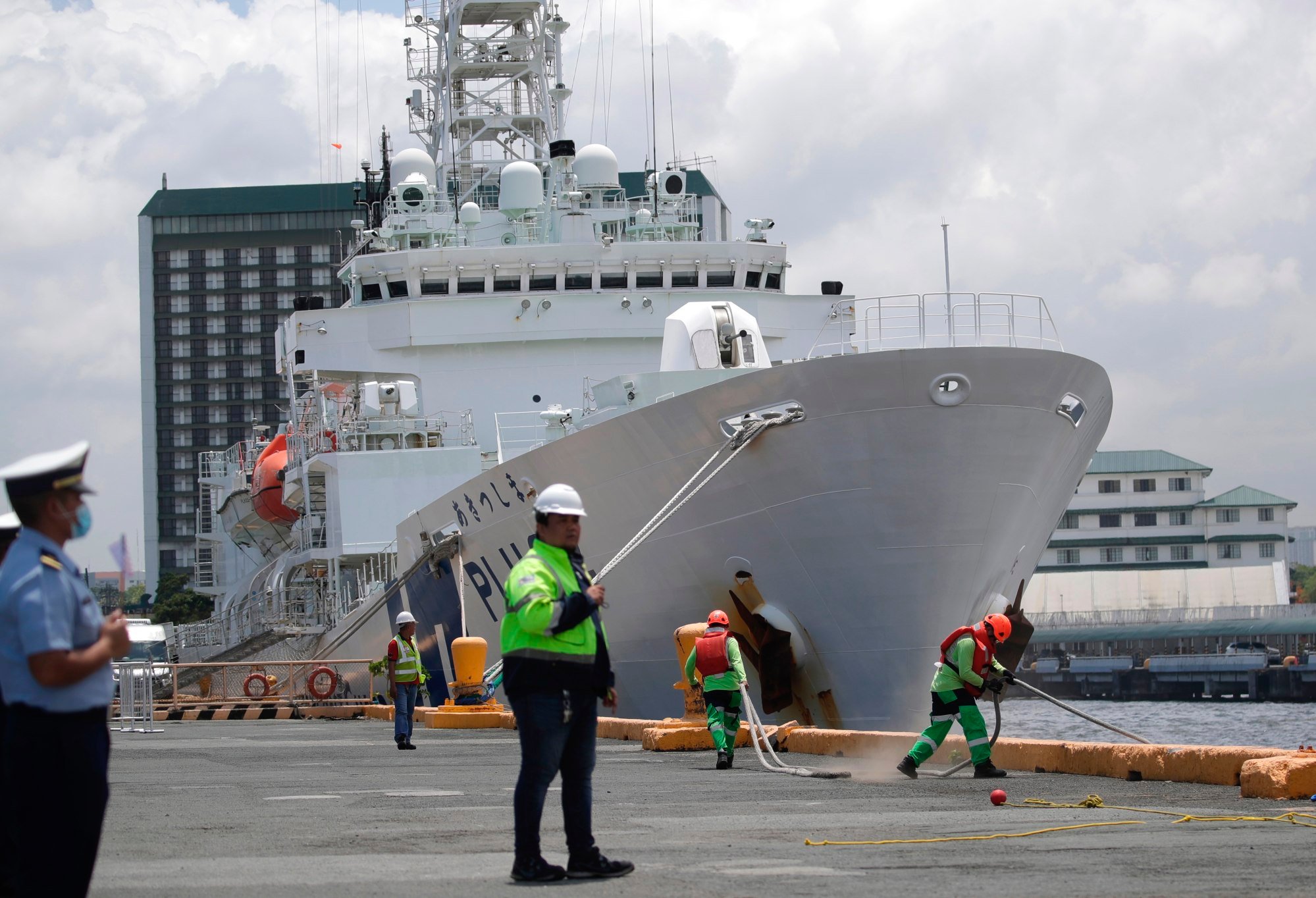
Japan’s latest military gamble reflects a changing security landscape
- Japan has approved the export of next-generation fighter jets to countries with which it has defence agreements and which are not involved in conflict
- With a potential Trump victory on the horizon and rising tensions with neighbouring countries, Tokyo seeks to take care of its own security needs
Japan has long been looking at ways to reduce the export controls on its arms exports.
At the same time, it has been working towards increasing its defence budget to 2 per cent of its gross domestic product by 2027, which will potentially make it the third biggest defence spender in the world after the United States and China.

The cabinet’s recent approval could also open the doors for Japan to export military hardware to countries in Southeast Asia or in other parts of the world. Japan has an extremely strong military industrial base which has not been used much since the second world war. But it has not been totally idle either.
Under its plan to sell fighter jets, Japan can export only to those countries with which it has defence agreements and which are not involved in conflicts. This is easier said than done, since there is always a possibility that countries to which Japan sells these advanced fighter jets may get embroiled in conflicts later.

Such weapons exports could also lead to problems on the domestic front as Komeito, a political party within Japan’s ruling coalition, has not been very keen on Japanese arms exports.
Nonetheless, the move is an important step for Japan since it is facing a variety of potential threats in the immediate neighbourhood and beyond. Already Russia and China have been working in tandem on the military front, with joint patrols both in the sea and in the air. In addition, Japan faces threats from North Korea, which has often sent missiles flying over its territory.
Why Japan is losing sleep over nightmare of a Trump re-election
With the US now embroiled in conflicts from the Gaza war to the war between Ukraine and Russia, it seems Tokyo now realises that it may have to take care of its own security needs in the near future.
Many things will undoubtedly change before these advanced fighter jets enter service by 2035. But what is certain is that Japan has certainly crossed a Rubicon when it comes to its arms export laws. There will be no going back from here on for Tokyo.
Dr Rupakjyoti Borah is a senior research fellow with the Japan Forum for Strategic Studies in Tokyo. The views expressed here are personal

